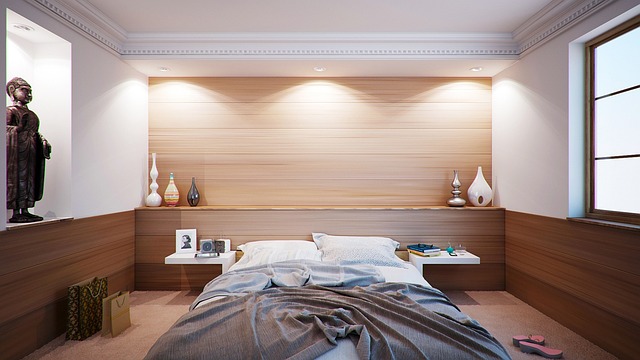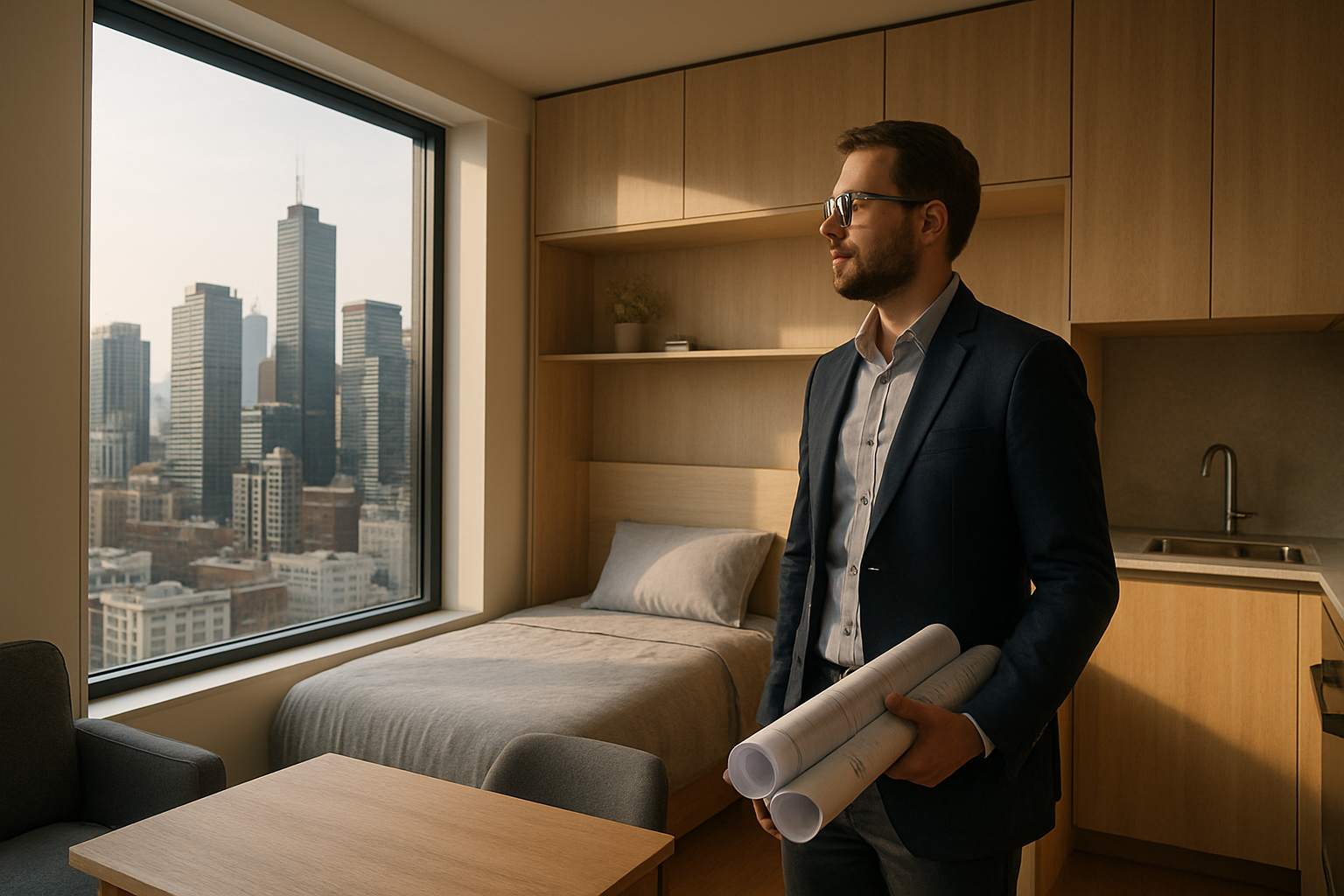Window Blinds 2025: Stylish, Smart & Sustainable Solutions for Every Home
Window treatments have evolved significantly, offering homeowners a blend of aesthetics, functionality, and environmental consciousness. Modern blinds now cater to diverse preferences, from traditional manual designs to cutting-edge automated systems. Understanding the available options helps you make informed decisions that enhance comfort, energy efficiency, and interior appeal while aligning with contemporary lifestyle demands.

As interior design continues to embrace innovation, window blinds have transformed from simple light-blocking fixtures into sophisticated home elements. The year 2025 marks a significant shift in how homeowners approach window treatments, with emphasis on personalization, technology integration, and environmental responsibility. Whether renovating an existing space or designing a new home, selecting appropriate window coverings requires understanding the balance between visual appeal, practical needs, and long-term value.
Manual Blinds: Timeless Style & Versatility
Traditional manual blinds remain a popular choice for many Indian households due to their reliability, affordability, and straightforward operation. These window treatments include venetian blinds, vertical blinds, roller blinds, and roman shades, each offering distinct aesthetic and functional benefits. Manual systems require no electrical components, making them suitable for any room without concerns about power sources or connectivity issues. They provide excellent light control through adjustable slats or fabric positioning, allowing residents to manage privacy and natural illumination throughout the day. The tactile experience of operating manual blinds appeals to those who prefer hands-on control over their living environment. Available in numerous materials such as wood, faux wood, aluminum, and fabric, manual blinds complement various interior design styles from minimalist modern to classic traditional. Their durability often exceeds automated alternatives when properly maintained, and repairs typically involve simpler mechanisms and lower costs.
Automated & Smart Blinds: Comfort at Your Command
Smart home technology has revolutionized window treatment operation, offering unprecedented convenience and energy management capabilities. Automated blinds integrate with home automation systems, allowing control through smartphone applications, voice commands via virtual assistants, or programmed schedules. These systems enable residents to adjust multiple window coverings simultaneously, creating coordinated lighting scenarios throughout the home without manual effort. Motorized blinds prove particularly valuable for hard-to-reach windows, large glass expanses, or individuals with mobility limitations. Advanced models incorporate light sensors that automatically adjust positions based on sunlight intensity, optimizing natural illumination while reducing glare and heat gain. Integration with smart thermostats allows blinds to contribute to climate control strategies, lowering energy consumption by managing solar heat during different seasons. Remote operation provides security benefits when traveling, as blinds can be programmed to simulate occupancy patterns. While initial investment exceeds manual alternatives, the convenience and potential energy savings make automated blinds increasingly attractive to tech-savvy homeowners.
Sustainable Materials & Eco-Friendly Design
Environmental awareness has driven significant changes in blind manufacturing, with growing emphasis on sustainable materials and production methods. Bamboo blinds offer renewable resource benefits, as bamboo grows rapidly without requiring replanting and absorbs more carbon dioxide than many tree species. Recycled fabric blinds repurpose post-consumer materials, reducing landfill waste while maintaining aesthetic appeal and functionality. Organic cotton options eliminate pesticide concerns associated with conventional cotton cultivation. Wood blinds sourced from certified sustainable forests ensure responsible harvesting practices that maintain ecosystem health. Low-VOC finishes and dyes minimize indoor air quality impacts, particularly important in homes with children or individuals with respiratory sensitivities. Energy-efficient designs incorporate cellular or honeycomb structures that create insulating air pockets, reducing heat transfer through windows and lowering heating and cooling demands. Some manufacturers have adopted closed-loop production systems that recycle water and minimize waste generation. Choosing eco-friendly blinds allows homeowners to align their interior design decisions with broader environmental values while often enjoying superior thermal performance.
Functional Innovations for Modern Living
Contemporary blind designs incorporate numerous functional enhancements that address specific lifestyle needs and challenges. Blackout blinds utilize multiple fabric layers or specialized coatings to eliminate light penetration, essential for shift workers requiring daytime sleep or media rooms demanding complete darkness. Moisture-resistant treatments enable blind installation in bathrooms and kitchens where humidity traditionally limited material choices. UV-blocking fabrics protect furniture, flooring, and artwork from sun damage while maintaining visibility and natural light. Cordless and motorized systems eliminate strangulation hazards, making window treatments safer for homes with young children or pets. Dual-function blinds combine sheer and opaque fabrics in a single unit, allowing seamless transition between privacy and view without installing multiple treatments. Noise-reducing cellular designs absorb sound transmission, beneficial in urban environments or rooms requiring acoustic control. Fire-retardant materials meet safety regulations for commercial applications and provide additional security in residential settings. Easy-clean surfaces resist dust accumulation and allow simple maintenance with minimal effort. These innovations demonstrate how blind manufacturers continuously adapt products to meet evolving consumer expectations and regulatory requirements.
Quick Guide to Modern Blinds
Selecting appropriate window blinds involves evaluating multiple factors to ensure satisfaction with both immediate results and long-term performance. Room function significantly influences material and style choices, as moisture-prone areas require different solutions than bedrooms or living spaces. Window size and configuration affect operational mechanisms, with larger openings often benefiting from motorization while standard windows accommodate manual systems effectively. Light control requirements vary by room purpose, with bedrooms typically needing greater darkness than kitchens or hallways. Privacy considerations depend on window positioning relative to neighboring properties or public spaces. Climate conditions influence insulation priorities, with extreme temperatures justifying investment in cellular or honeycomb designs. Budget constraints naturally impact material quality and feature availability, though long-term energy savings may offset higher initial costs for efficient options. Aesthetic preferences should harmonize with existing interior design elements while allowing personal expression. Maintenance willingness affects material selection, as some blinds require more frequent cleaning or adjustment than others. Professional measurement and installation ensure proper fit and operation, preventing common issues like light gaps or operational difficulties. Local suppliers often provide consultation services that help navigate these considerations and identify solutions matching specific requirements.
| Blind Type | Material Options | Key Features | Typical Price Range (INR per sq ft) |
|---|---|---|---|
| Manual Venetian | Wood, Faux Wood, Aluminum | Adjustable slats, durable, classic look | 150 - 600 |
| Roller Blinds | Fabric, Vinyl, Polyester | Smooth operation, space-saving, various opacities | 100 - 400 |
| Cellular/Honeycomb | Polyester, Non-woven fabric | Energy efficient, light filtering, insulating | 250 - 700 |
| Motorized Roller | Fabric with motor mechanism | Remote control, programmable, convenient | 600 - 1500 |
| Smart Automated | Various with automation system | App control, voice integration, sensors | 1200 - 3000 |
| Bamboo/Natural | Bamboo, Jute, Grass | Eco-friendly, textured appearance, sustainable | 200 - 800 |
Prices, rates, or cost estimates mentioned in this article are based on the latest available information but may change over time. Independent research is advised before making financial decisions.
Window blind selection represents a meaningful investment in home comfort, energy efficiency, and aesthetic appeal. The diverse options available in 2025 accommodate virtually any preference, budget, or functional requirement. Whether prioritizing traditional manual operation, embracing smart home technology, or emphasizing environmental sustainability, homeowners can find solutions that enhance their living spaces. Careful consideration of room-specific needs, climate factors, and long-term maintenance ensures satisfaction with chosen window treatments for years to come.




